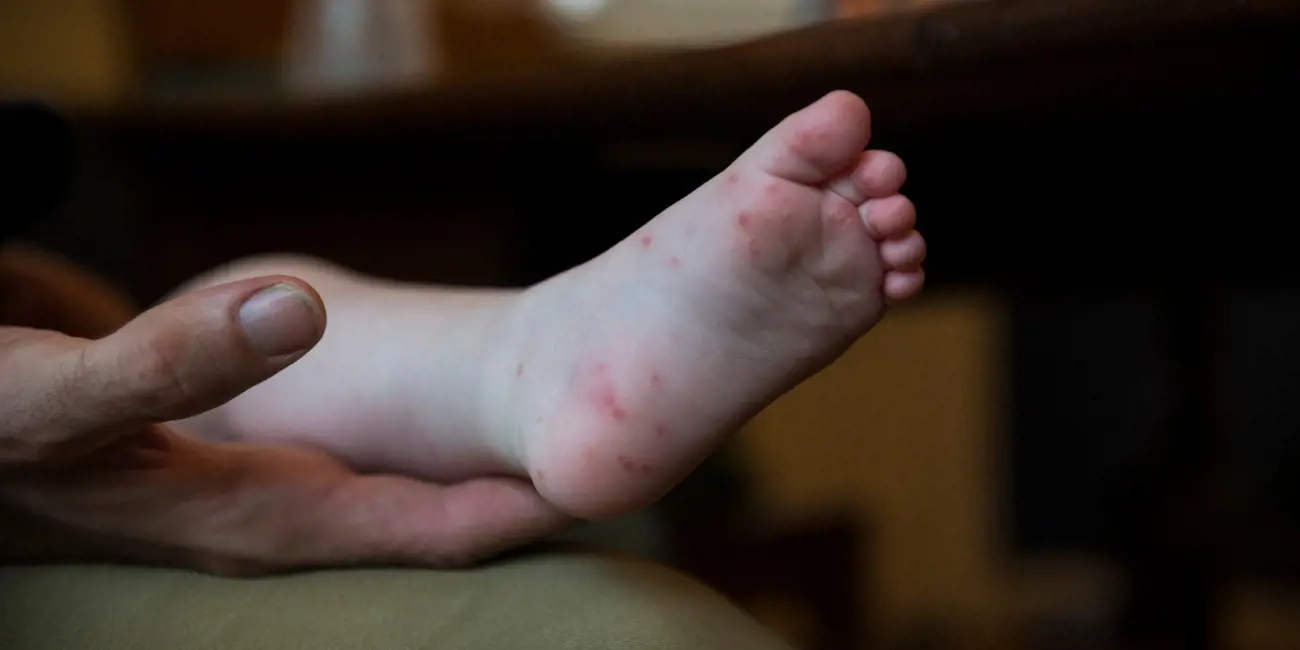Hand, Foot and Mouth Disease (HFMD) is a common viral illness that is particularly prevalent in young children, especially in a childcare setting. You should always discuss exclusion periods with your childcare provider if your child has HFMD symptoms.
Symptoms
The symptoms of HFMD usually begin with a fever, sore throat, and a general feeling of being unwell. You might notice your child is more lethargic that normal and describe them as not being themselves.
After a few days, painful sores can develop in the mouth and on the hands, feet, and sometimes on the buttocks or genitals. These sores can be small, fluid-filled blisters or larger, flat, and red spots. Other symptoms may include a cough, runny nose, and loss of appetite.
Transmission
HFMD is highly contagious and is spread through contact with an ill person's bodily fluid or waste, including:
- Saliva
- Mucus
- Faeces
- Blisters fluid
The virus can also be spread through contact with contaminated surfaces or objects, such as toys, taps and tables. Children with HFMD are most contagious during the first week of their illness and should be excluded from close contact with anyone in a childcare environment and limited contact with anyone at home as adults can contract this virus.
Complications
Most people with HFMD recover without any complications. However, in rare cases, the virus can cause more serious complications such as viral meningitis or encephalitis.
Treatment
There is no specific treatment for HFMD, but the symptoms can be managed with over-the-counter pain relief medications, mouthwashes, or sprays to ease mouth sores, and plenty of fluids to prevent dehydration. Antibiotics are not effective against viral infections such as HFMD. If able, your child might benefit from a saltwater rinse.

Prevention
The best way to prevent HFMD is to practice good hygiene, such as washing your hands regularly with soap and water, especially after changing nappies, using the bathroom, or caring for someone who is sick. It's also important to avoid close contact with people who are sick and to clean and disinfect frequently touched surfaces and objects.
Childcare exclusion periods
In Australia, children with HFMD should be excluded from childcare or school until all blisters have dried and crusted over, and they are feeling well enough to participate in normal activities. The exclusion period is generally around five to seven days. It's important to check with your local health authority for specific guidelines and recommendations in your area.
Overall, while HFMD can be uncomfortable and inconvenient, it is usually a mild illness that can be managed with basic care and attention to hygiene. If you are concerned about your symptoms or those of your child, it's always a good idea to seek advice from a healthcare professional.



































